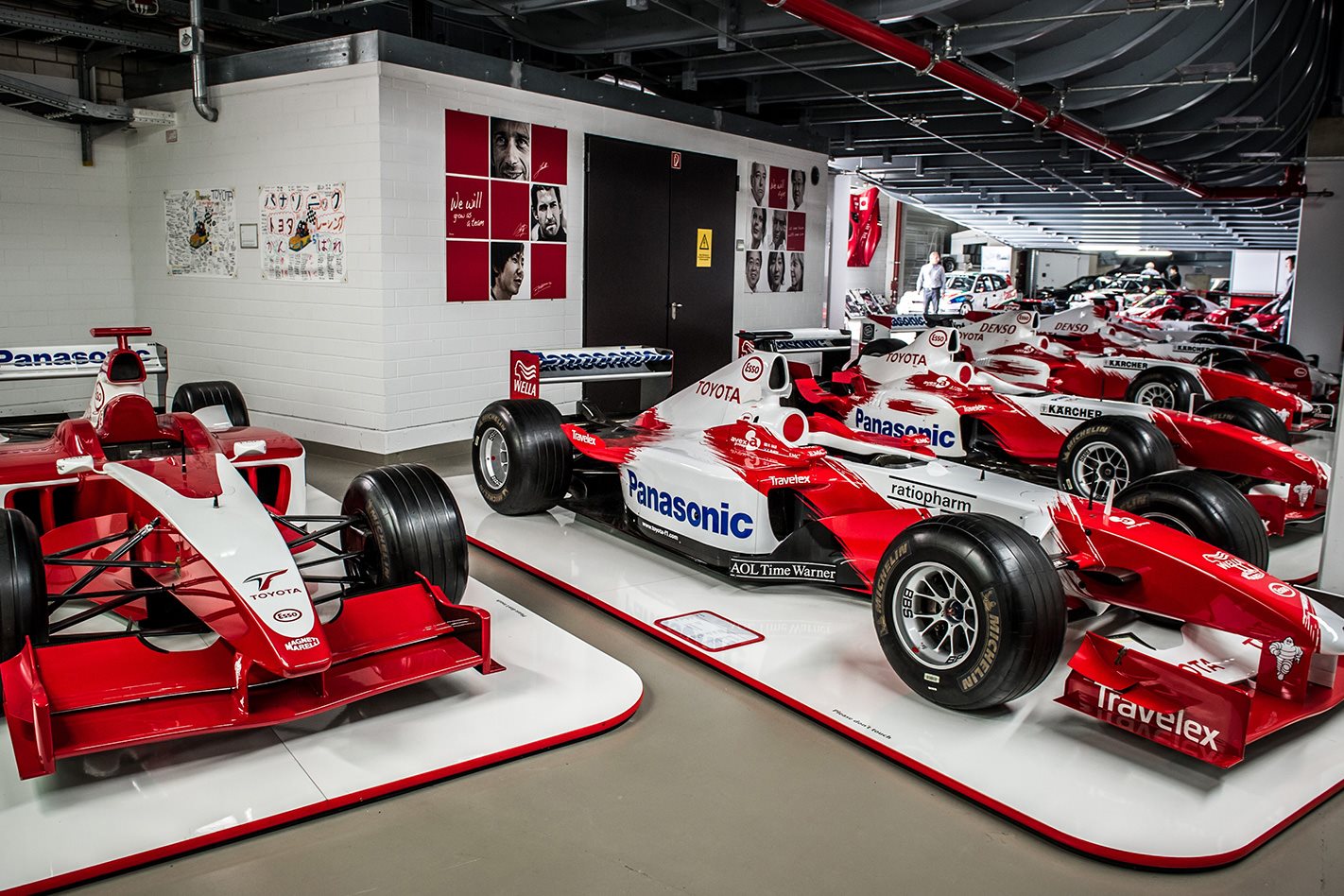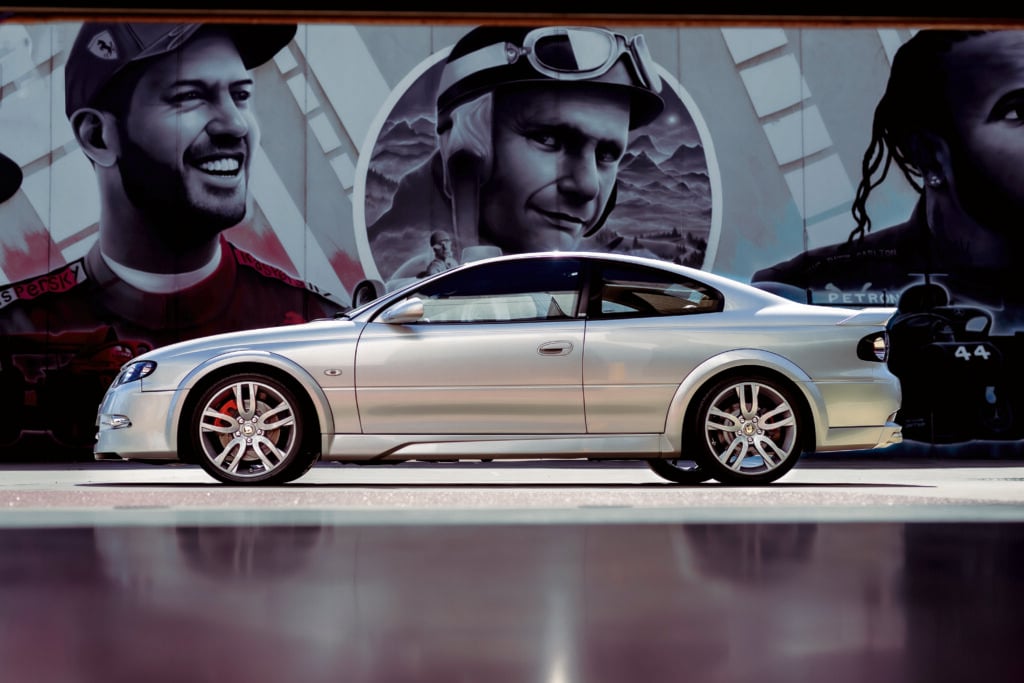Toyota Motorsport GmbH’s enormous Cologne headquarters would not be a good place to get lost.
Most doors are guarded by electronic locks, so there’s only so far you could stray, but that could be a blessing as, from inside at least, the floorpan appears unfathomable. Today’s guide, TMG’s Marketing and Communications Manager, Alastair Moffitt, admits he was still discovering new rooms and corridors years after he started.
The way most corridors only illuminate once entered is commendably eco-friendly but also eerily reminiscent of horror video games where you’re never sure of what lurks in the darkness. Maybe I’m over-thinking it. It doesn’t help that the whole place appears to be deserted.
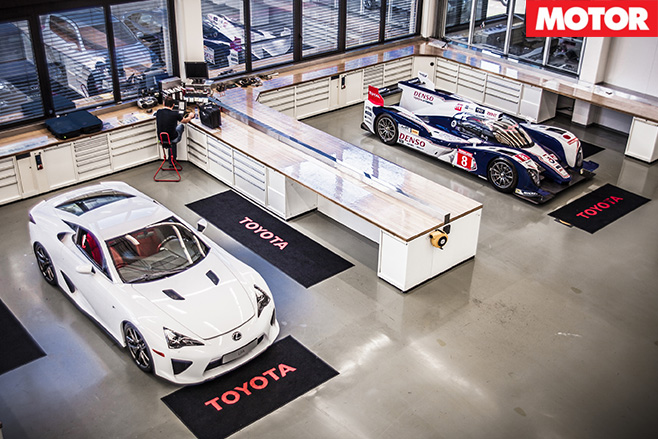
TMG began life as Toyota Team Europe (TTE), established in 1973 by Swedish rally legend Ove Andersson. Originally located in Sweden, the operation moved to Brussels shortly after, from where TTE ran Toyota’s European rallying operations.
Success quickly followed, Hannu Mikkola winning the 1975 Finnish Rally. In 1979 a separate operation was set up in Cologne, with TTE moving into its current building in 1987. By this time TTE was an established player on the world rally scene, with numerous wins at the African endurance events with the Group B Celica Twincam Turbo.
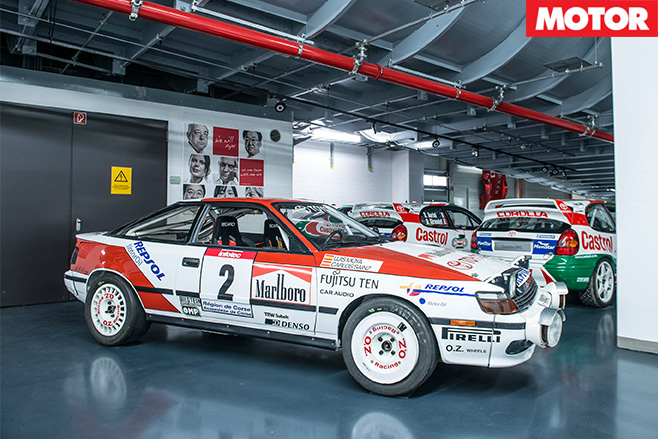
Cologne was also home to Toyota’s Le Mans program in the late ’90s, before both efforts ceased to concentrate on the move to Formula One. Toyota’s time in F1 wasn’t a very happy one, five second places and three pole positions the best it could achieve in eight seasons.
Most recently, TMG has been entrusted with Toyota’s latest Le Mans program and is currently testing a WRC prototype in anticipation of a return to the series. Evidence of this long and storied motorsport history is tucked away in an Aladdin’s cave underneath one of the facility’s two giant wind tunnels.
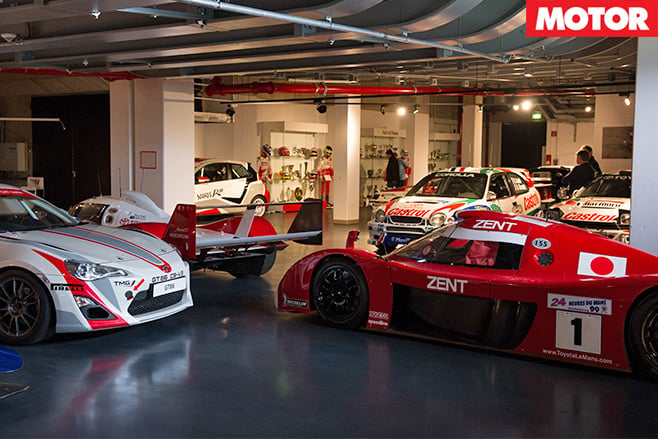
For a more in-depth look, check out the gallery at MOTORmag.com.au.
Next door is the simulator, a $10 million hydraulic-rammed contraption built during the final years of Toyota’s F1 program. These days it’s used for development of the TS040 Le Mans car, and for one glorious half-hour we’re let loose in it. It’s like the best racing game you could imagine, incredibly frustrating but also very rewarding.
While nothing like as busy as it was during the height of its Formula One involvement, the fact TMG still possesses all the equipment and infrastructure required to run an F1 car has led to an interesting client list.
A number of current F1 teams use the wind tunnels, most notably Ferrari, which was until recently a regular visitor due to problems with its own wind tunnel. Such high-profile clients somewhat explains the complex building layout, as each section is able to be cordoned off so that secret projects remain exactly that.
Today we have more or less unlimited access and while the array of complex machinery is mind-boggling, what’s lonely late ’90s Corolla WRC up on a hoist. The opportunity to poke around underneath a full-spec World Rally Car – albeit one that’s 15 years old – doesn’t come along very often.
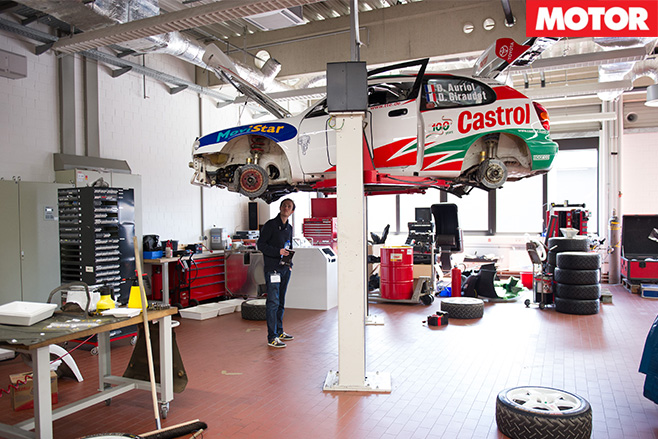
And then there are the two wind tunnels, which require their own power source to stop nearby Cologne being plunged into darkness when they are switched on. It’s an incredible insight into the resources and effort required to operate at motorsport’s highest level.
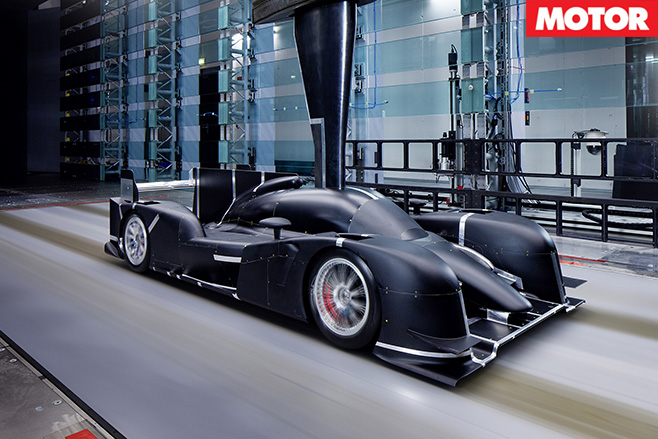
In essence, TMG is like every car nut’s ultimate workshop – maybe it’s not such a bad place to get lost after all.


